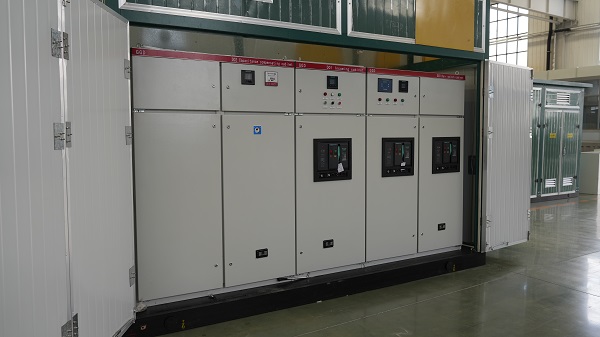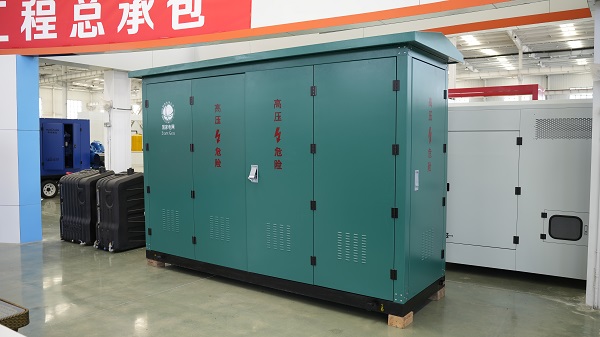Container type substations have become increasingly popular in modern power distribution systems due to their compact design and versatility. However, proper operation and maintenance are crucial to ensure safety and optimal performance. Here are key considerations when using container type substations.
Site Preparation and Installation
Before deploying a container type substation, ensure the foundation is level and properly reinforced. The site should have adequate drainage to prevent water accumulation. Professional installation is recommended to guarantee proper alignment and connection to the power grid.
Ventilation and Temperature Control
Container type substations require sufficient ventilation to prevent overheating of electrical components. Regularly inspect ventilation systems and ensure air vents remain unobstructed. In extreme climates, consider additional cooling systems to maintain optimal operating temperatures.
Moisture and Corrosion Protection
The enclosed nature of container type substations makes them susceptible to condensation. Use appropriate dehumidifiers and moisture-absorbing materials to protect sensitive equipment. Regularly inspect the container's exterior for signs of corrosion, especially in coastal or industrial areas.
Access and Safety Clearances
Maintain proper clearance around the container type substation for safe operation and maintenance access. Clearly mark danger zones and install appropriate warning signs. Ensure all doors and access panels open freely without obstruction.
Regular Maintenance Schedule
Implement a comprehensive maintenance program for your container type substation. This should include routine inspections of electrical components, connections, and insulation. Pay special attention to cable entries and busbar connections.
Security Measures
As valuable assets, container type substations should be protected against unauthorized access. Install robust locking mechanisms and consider surveillance systems for remote locations. Regularly check the integrity of all entry points.
Emergency Preparedness
Develop clear emergency procedures for power failures or equipment malfunctions. Ensure all operators are trained in shutdown procedures and know the location of emergency exits and fire extinguishers.
By following these guidelines, operators can maximize the benefits of container type substations while ensuring safe and reliable operation. Regular training for personnel and adherence to manufacturer recommendations will help maintain optimal performance throughout the substation's lifecycle.








